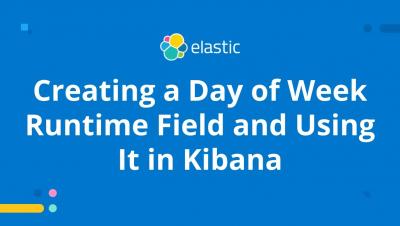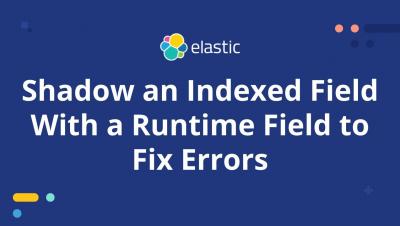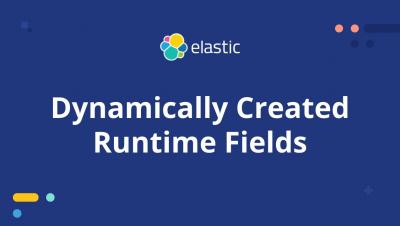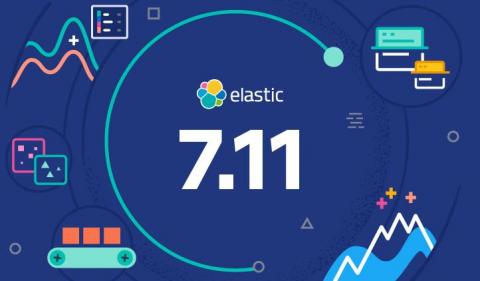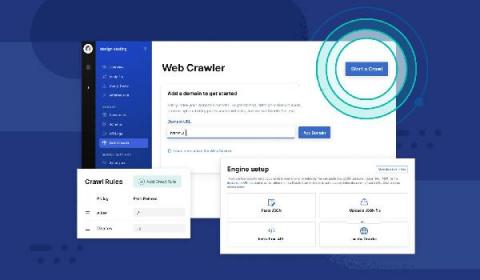Top 5 SIEM trends of 2021 and how Elastic Security solves them
Security information and event management (SIEM) systems are centralized logging platforms that enable security teams to analyze event data in real time for early detection of targeted cyber attacks and data breaches. A SIEM is used as a tool to collect, store, investigate, and report on log data for threat detection, incident response, forensics, and regulatory compliance.




